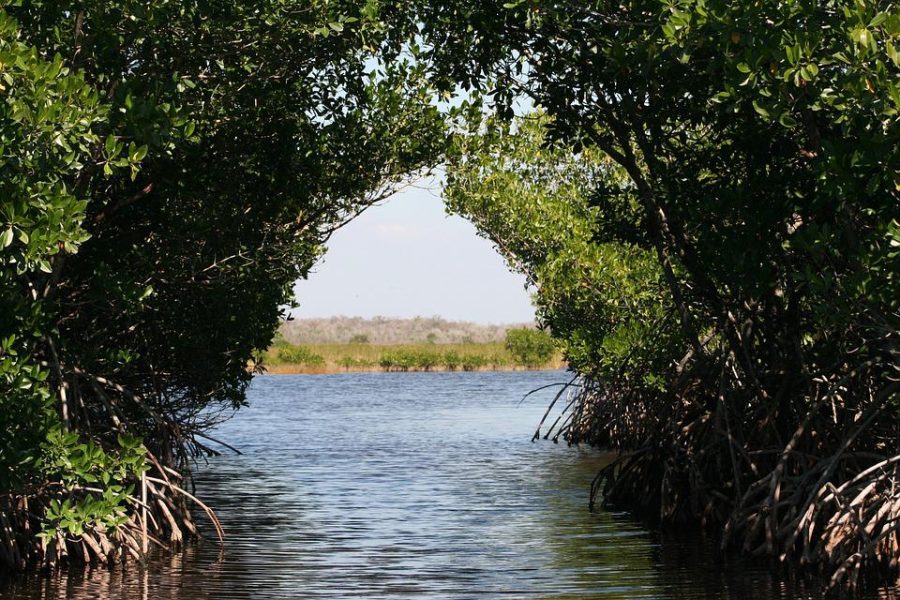
Scientists have found the world’s largest bacterium — at least 50 times bigger than any other bacteria species found so far — in a Caribbean mangrove swamp.
“Most bacteria are microscopic, but this one is so big that it can be seen with the naked eye. The thin white filament, approximately the size of a human eyelash, is by far the largest bacterium known to date,” Jean-Marie Volland, a marine biologist at the Lawrence Berkeley National Laboratory and co-author of a paper announced the discovery on Thursday, in the journal Science.
Olivier Gros, a co-author and biologist at the University of the French West Indies and Guiana, found the first example of this bacterium named Thiomargarita magnifica, or magnificent sulfur pearl clinging to sunken mangrove leaves in the archipelago of Guadeloupe in the year 2009.
The scientist didn’t immediately know it was a bacterium because of its surprisingly large size, just over a third of an inch (0.9 centimeters) long. Only later genetic analysis revealed the organism to be a single bacterial cell.
“Its an amazing discovery,” said Petra Levin, a microbiologist at Washington University in St Louis, who was not involved in the study.
“It opens up the question of how many of these giant bacteria are out there and reminds us we should never, ever underestimate bacteria,” she further added.
Also Read: New study could help fight bacterial infections without antibiotics
Gros also found the bacterium attached to oyster shells, rocks and glass bottles in the swamp. Scientists have not yet been able to grow it in lab culture, but the researchers say the cell has a structure that is unusual for bacteria. However, there is one key difference- it has a large central compartment, or vacuole, that allows some cell functions to happen in that controlled environment instead of throughout the cell.
We’ve got news! Have you heard? “Giant Bacteria Found in Guadeloupe Mangroves Challenge Traditional Concepts”@BerkeleyLab @twoyke @silvinagrizzo @jgi @LBNLBioSci @lrcsystems @UnivAntilles @ScienceMagazine
https://t.co/hhi86Kuxo8— Jean-Marie Volland (@JeanVolland) June 23, 2022
“The acquisition of this large central vacuole definitely helps a cell to bypass physical limitations on how big a cell can be,” said Manuel Campos, a biologist at the French National Centre for Scientific Research, who was not part of the study.
The researchers said they aren’t certain why the bacterium is so large, but co-author Volland hypothesised that it may be an adaptation to help it avoid being eaten by smaller organisms.
(With inputs from agencies)
